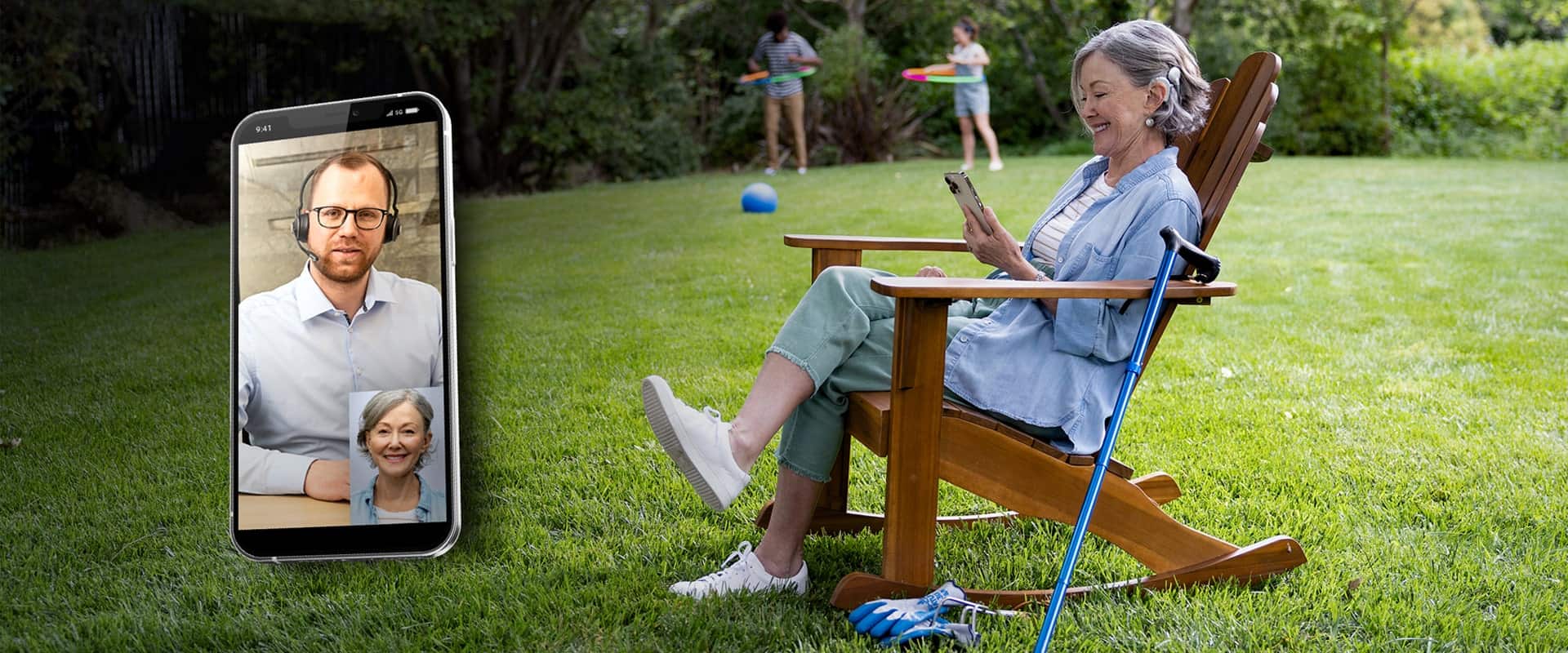This article is a part of the January/February 2021, Volume 33, Number 1, Audiology Today issue.
Real-time captioning for smartphones and computers can improve accessibility for many with hearing loss. But, choosing the right method for specific situations can be challenging, with three primary types of systems available, including:
- Communication Access Realtime Translation (CART): Stenographers transcribe the other party’s words. Highly accurate; stenographer can easily identify multiple voices and provide non-verbal prompts (e.g., sounds, laughter).
- Automatic Speech Recognition (ASR): Computer-generated captions. Fast, but struggles with weak connections, children’s voices, poor enunciation, background noise, and heavy accents.
- Re-voicing Communications Assistants (CAs): Primarily used by traditional telecommunications relay services (TRS). CA revoices the other party’s words; ASR converts to text.
Today, smartphone applications (apps) can provide real-time captioning virtually everywhere. But different apps have different purposes.
CART, or an app that switches between CART and ASR, could be the most accessible solution for smartphone calls. Non-TRS ASR apps can help with in-person conversations, especially when people are wearing masks.
For video conferencing, some CART and ASR tools support real-time captioning, either in-app or by dialing-in to a stenographer. It’s important that multiple speakers are identified; CART generally supports this; not all ASR systems will.
Mobile captioning solutions are becoming more available and advanced. Trying several will help users decide what works best for them, even if that means using different apps for different situations.


